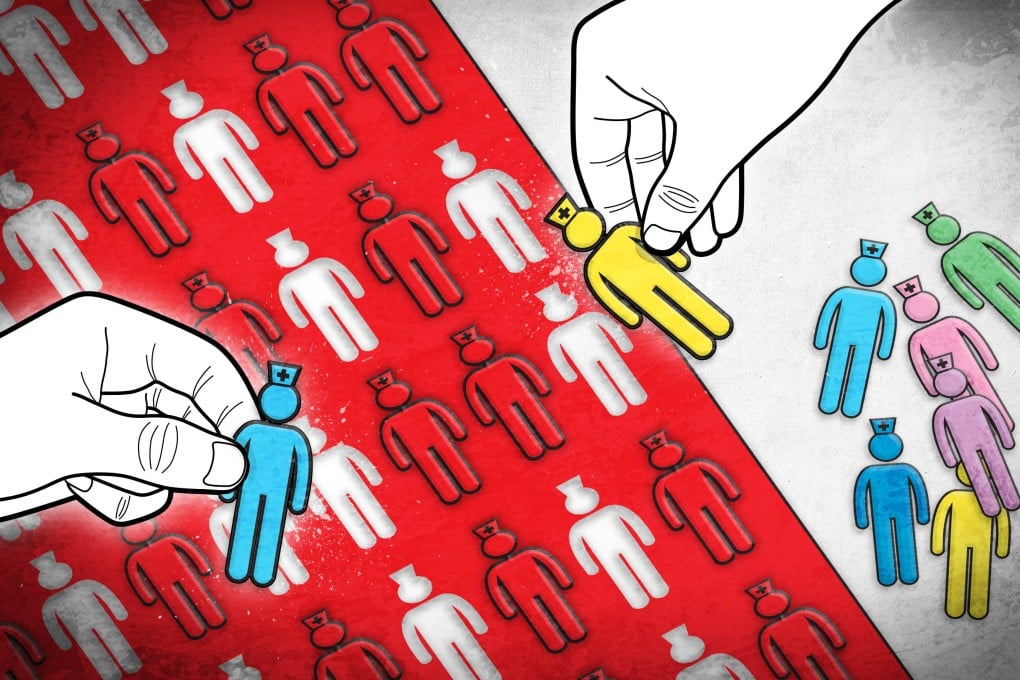School-based health centers (SBHCs) are clinics located in or near public schools to provide students with convenient health care. What began as three clinics in three states a half-century ago has grown into a network of more than 2,500 SBHCs serving more than 6.3 million students in 48 states and Washington, D.
C. Despite this growth, they still serve only a small portion of the nation's 59 million public school students. In addition, they continue to provide a relatively limited number of services, even though these have expanded beyond primary care to commonly also include preventive health services and services related to behavioral health, oral health and reproductive health .
Although those who use SBHCs are very satisfied with the services provided, little has been known to date about the public's overall perceptions of SBHCs—perceptions that could have major implications for the future of SBHCs. To fill this gap, Simon F. Haeder, Ph.
D., and Daniel Marthey, Ph.D.
, both from the Department of Health Policy & Management at the Texas A&M University School of Public Health, along with a colleague from Ohio University, asked more than 4,000 adults in the United States for their opinions regarding seven common health services provided in public schools : primary care, preventive care, vaccinations, preventive dental care, preventive vision care, mental health care and nutrition counseling. The study was published in the Journal of School Health . It follows Haeder's and Ma.


















